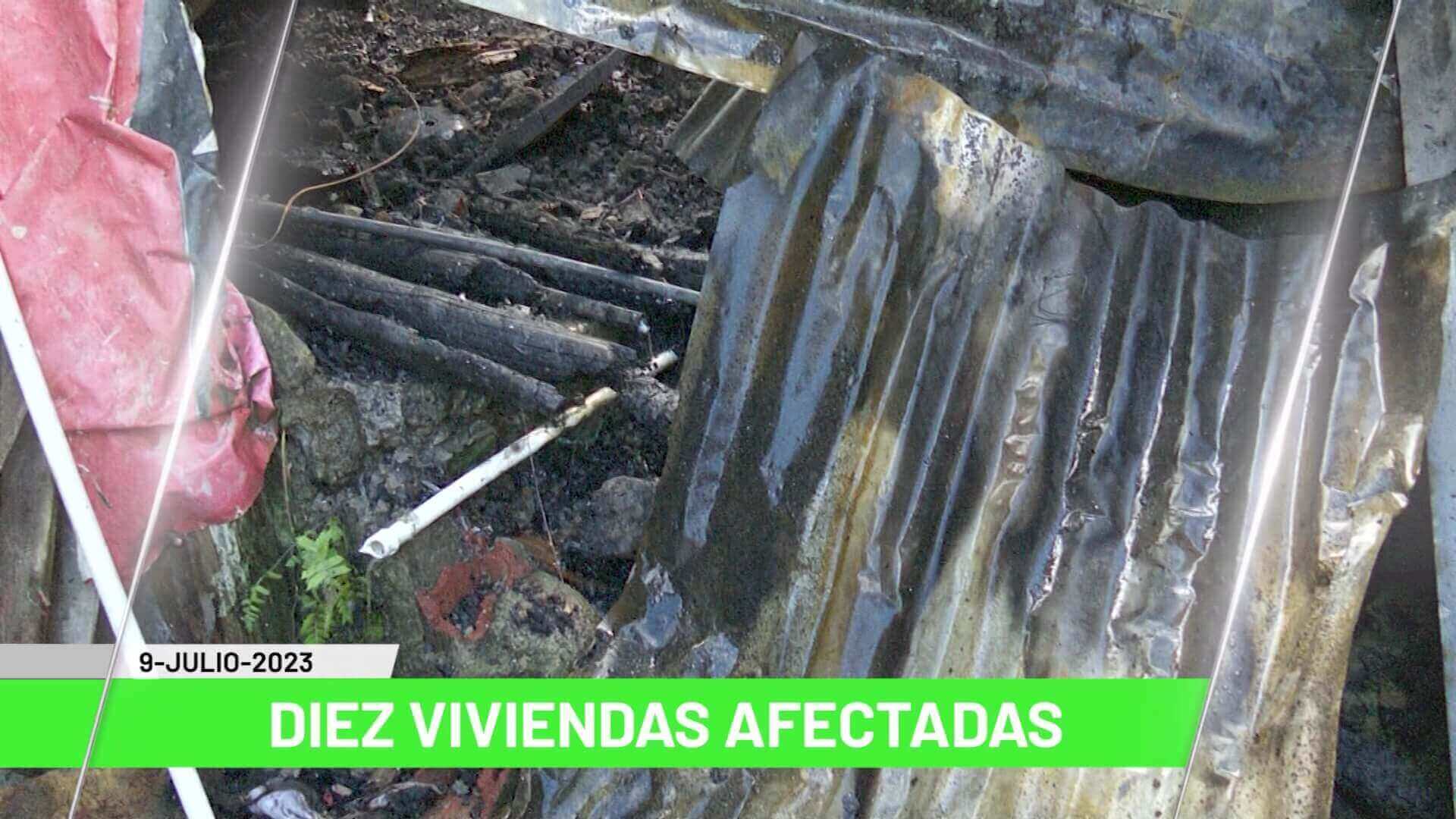Flash Flooding in New York State Causes Chaos and Tragedy
A slow-moving storm system brought heavy rain to a wide section of New York State on Sunday evening, resulting in severe flooding and causing at least one death. The National Weather Service issued a flash flood emergency for parts of the Hudson Valley, including Rensselaer County and nearby towns, as well as Dutchess, Orange, and Ulster Counties.
County officials, police departments, and other agencies were inundated with emergency calls as streets became impassable and drivers found themselves stranded. Steven M. Neuhaus, the Orange County executive, confirmed one death related to the flooding, but details on the cause and circumstances were not immediately available.
Water rescues were carried out in the vicinity of West Point and Highland Falls, both located on the western shores of the Hudson River. Governor Kathy Hochul is expected to declare a state of emergency in Orange County, where major roads have been washed out, making travel nearly impossible.
The flash flood emergencies issued by the Weather Service indicate that not only is flooding occurring, but it also poses a severe threat to human life. Additional rainfall and flooding are expected overnight in the Hudson Valley, prompting some towns to declare states of emergency. Flash flooding is also possible in New York City, Spring Valley, and Monsey.
The storm’s impact was felt beyond the Hudson Valley, with Routes 4 and 32 in Saratoga County flooded with up to two feet of water. Rescue efforts were complicated by impassable roads in the area. Emergency management officials are still assessing the extent of the damage and danger, but they are facing challenges in reaching those in need due to blocked roads.
Residents in Cornwall, Orange County, were urged to seek higher ground if their location was not safe. The local office of emergency management reported mudslides, stranded vehicles, and flooded roadways in the town.
The flooding also disrupted transportation, with a New York City-bound Amtrak train halted near Poughkeepsie due to a complete washout of both tracks south of the city. Passengers were informed of the situation and the train was reversed to Rhinecliff, where Amtrak officials are determining the next steps.
Governor Hochul had been warning residents about the potential for flash flooding, noting that the ground was already saturated from previous storms, making it difficult for the soil to absorb more water. State Police, rescue teams, and utility workers were deployed in advance of the heaviest rains.
As climate change continues to cause heavier rainfall in many storms, flooding events like this are becoming more frequent and severe. Officials are bracing for additional rain overnight, with concerns that the situation may worsen.
The Orange County executive, Mr. Neuhaus, has requested additional help from the State Police and the governor, emphasizing the challenges they are facing in responding to the flooding.
Flooding is a complex phenomenon with various causes, including land development and ground conditions. While linking climate change to a single flood event requires extensive scientific analysis, it is becoming increasingly clear that climate change plays a significant role in the intensity and frequency of such events.
As the cleanup and recovery efforts continue, residents are urged to stay safe and heed any evacuation orders or warnings issued by local authorities.

How did the National Weather Service monitor and provide updates to residents and local authorities during the flash flooding?
Ment teams worked tirelessly to evacuate residents and provide assistance to those in need.
Local residents took to social media to share photos and videos of the chaos caused by the flash flooding. Many were shocked at the speed and intensity of the flooding, with water rising rapidly and affecting homes, businesses, and roadways.
The storm system responsible for the flash flooding is part of a larger weather pattern affecting the northeastern United States. Heavy rain has been falling across the region for several days, saturating the ground and leading to increased runoff and flooding.
The National Weather Service has been closely monitoring the situation and providing updates to residents and local authorities. Residents are urged to stay indoors and avoid driving through flooded areas. It is also important to avoid walking or playing in flooded areas, as the fast-moving water can be extremely dangerous.
As the storm system continues to move through the area, residents should remain vigilant and prepared for additional flash flooding. It is essential to have a plan in place and to listen to the guidance of local authorities and emergency management teams.
Flash flooding can occur with little or no warning and can be incredibly dangerous. It is important to take these warnings seriously and to take immediate action to protect yourself and your loved ones. Stay informed, stay safe, and stay prepared during these challenging weather conditions in New York State.



The slow-moving storm in New York State is a clear reminder of nature’s unpredictability, causing extensive flooding and prompting vital rescues. Let’s hope everyone affected receives the necessary help and support during this challenging time. Stay safe.
It’s devastating to witness the impact of this slow-moving storm on New York State’s communities. Let’s hope everyone affected stays safe and that rescue efforts can swiftly provide assistance.